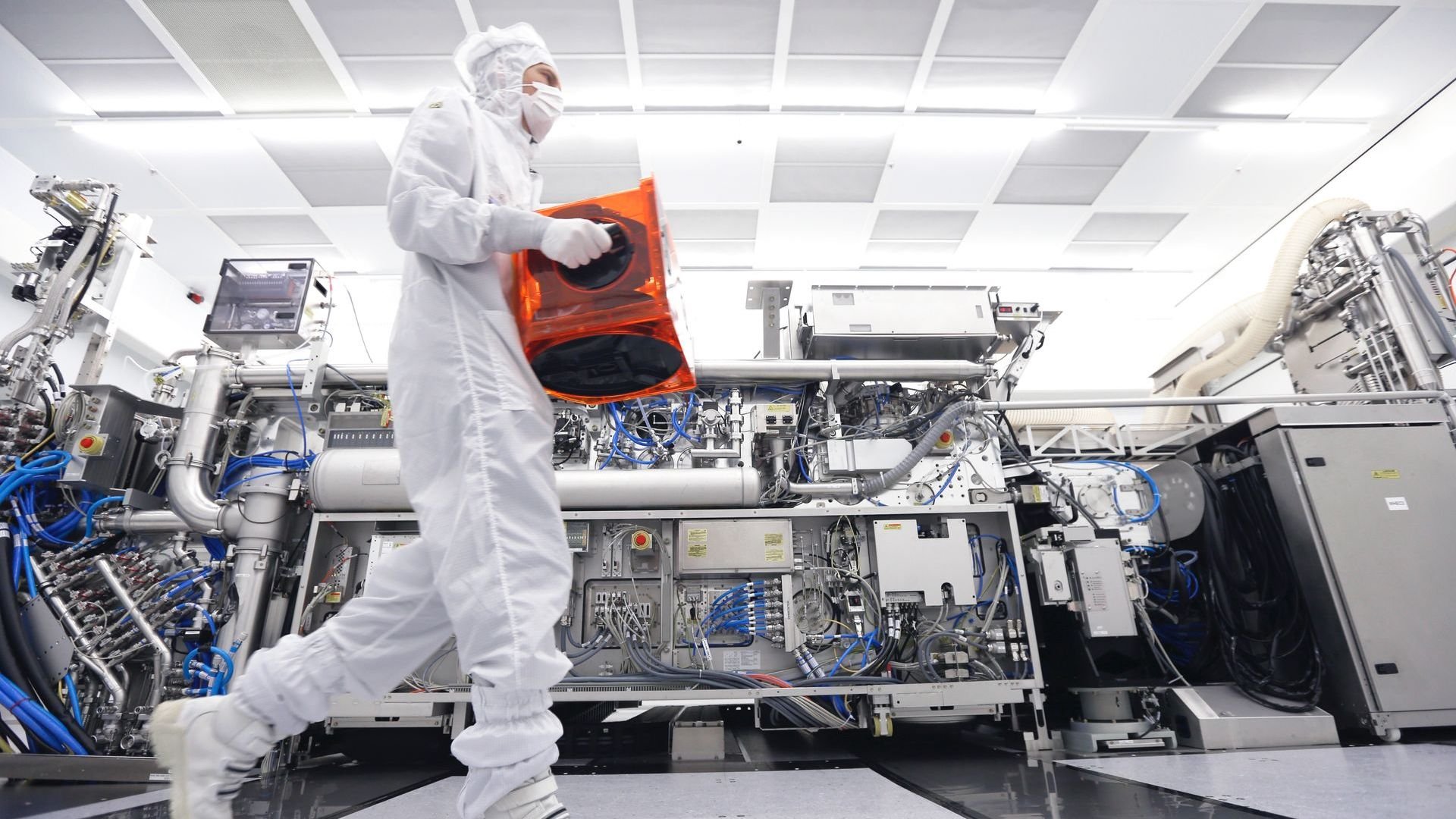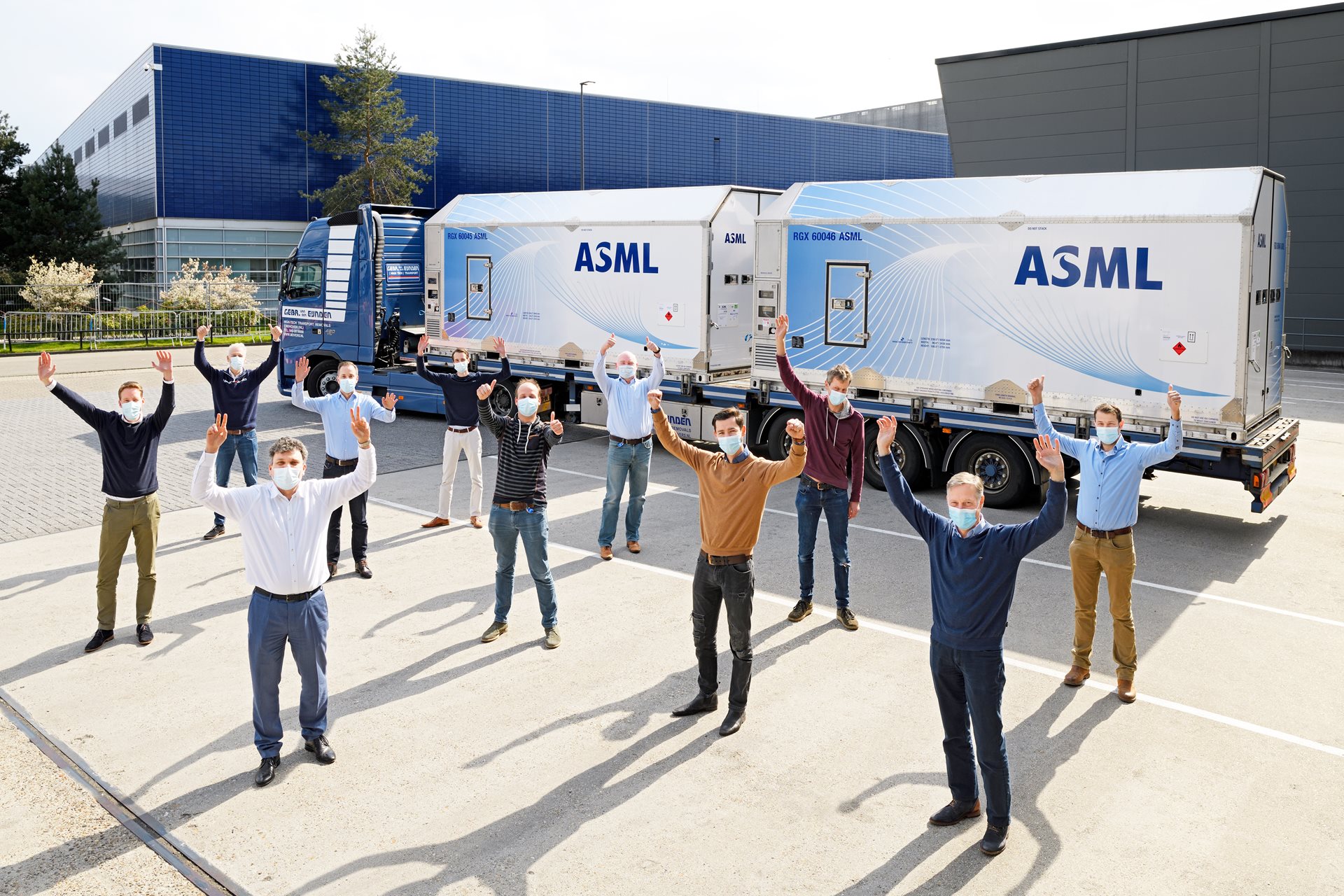8-minute read - by Jessica Timings, July 22, 2021
Microchips. At almost every moment of every day, you’ll make use of technology that contains one of these small but mighty devices. Whether you are video chatting with a friend or waiting as a healthcare worker retrieves your COVID-19 vaccine from the fridge, there are chips at work all around you. Not to mention the cloud, data processing centers, the internet – all possible thanks to semiconductors. And yet – unless you work in tech – it’s unlikely you’ll spend much time thinking about the importance of chips to your daily life. That is, until they start to run short.
The global pandemic, digital transformation and the increasing demand for new technology has drawn all eyes to the semiconductor industry and the technology companies that make the digital world go round.
Why is there a global chip shortage?
The chip shortage is not so much about what went wrong, but what went right. Since the introduction of the smartphone, the internet has become accessible to almost everyone around the globe. Moving the vast amount of what we do online has led to an explosion in demand for fast, stable internet, while technological developments such as 5G, high-performance computing, artificial intelligence (AI) and the internet of things have accelerated digitalization and the demand for chips.
Then, in late 2019 came COVID-19. In early March 2020, many industries prepared to pull back in response to what was expected to be a significant blow to global and national economies. Many automotive and electronics companies decided to pause orders, including of semiconductors.
But COVID-19 had yet another important role to play in the shortage: user demand. As the world ground to a halt and nationwide lockdowns called for people to stay at home, online ordering ramped up. People purchased computers for home offices, fitness electronics to help stay healthy and gaming devices to entertain the kids. Digital devices became our primary method of connection with the outside world, allowing us to stay in touch with our colleagues, loved ones and monitor the progress of the pandemic. All this put immense pressure on the cloud, with tech companies needing to add capacity to their cloud centers, which in turn had a significant impact on the demand for microchips.
The pandemic hit the gas pedal on the accelerated pace of digitalization. Once industries realized that demand for their products had just temporarily stalled and was now actually accelerating, they needed to reverse their original planning. They prepared to go full steam ahead on new orders. But there was one tiny problem: semiconductors.







